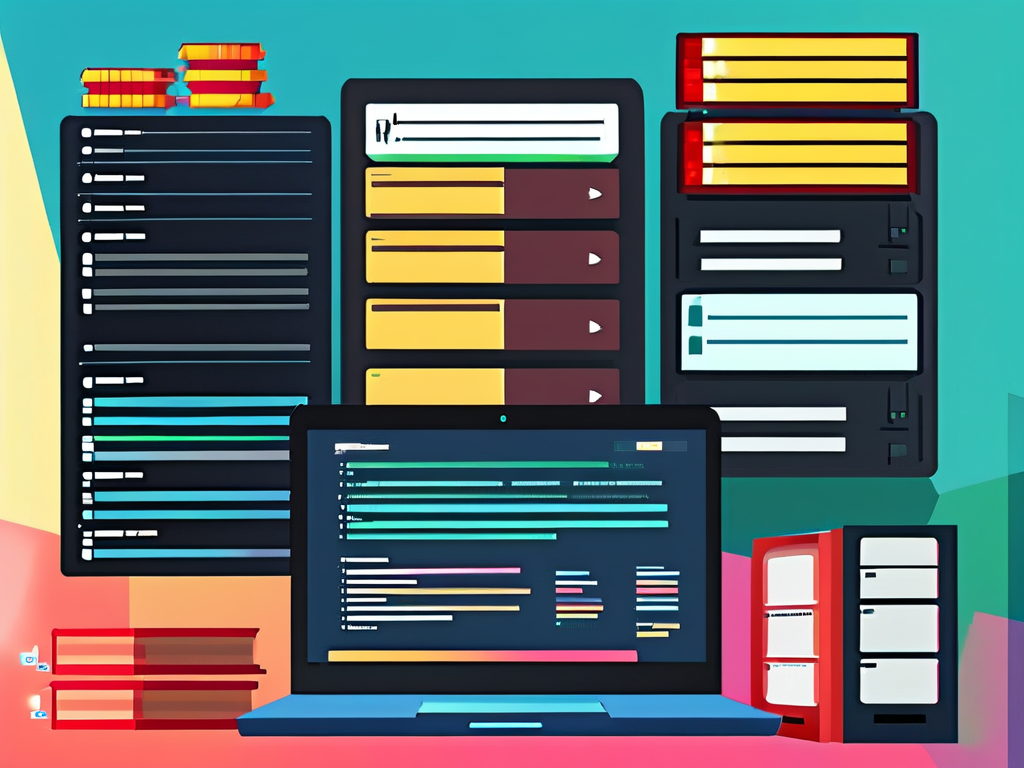In modern Android application development, databases serve as the backbone for managing structured information efficiently. While mobile devices have limited resources compared to servers, the strategic implementation of databases addresses critical challenges in data persistence, synchronization, and retrieval – making them indispensable tools for developers.

One primary application of databases in Android is persistent local storage. Unlike temporary memory solutions, databases like SQLite preserve user-generated content and app states even after device reboots. Consider a note-taking app: without database integration, all user entries would vanish when closing the application. Through SQL operations, developers can implement reliable CRUD (Create, Read, Update, Delete) functionality:
// Room Database example
@Dao
interface NoteDao {
@Query("SELECT * FROM notes")
fun getAll(): List<Note>
@Insert
fun insert(note: Note)
@Delete
fun delete(note: Note)
}
This code snippet demonstrates how the Room persistence library simplifies database operations while maintaining type safety. The abstraction layer provided by such ORM (Object-Relational Mapping) tools reduces boilerplate code and potential errors.
Another crucial function lies in managing relational data structures. Social media apps exemplify this need, requiring complex connections between user profiles, posts, comments, and likes. Databases enable efficient querying across multiple tables through JOIN operations, which would be computationally expensive using flat files or SharedPreferences.
Offline functionality represents a key advantage of mobile databases. Applications like e-commerce platforms or travel guides store product catalogs and location data locally, ensuring core features remain accessible without internet connectivity. When network access resumes, synchronization mechanisms update remote servers with local changes – a process managed through transaction logs and conflict resolution strategies.
Performance optimization is another critical aspect. Through indexing and query optimization, databases accelerate data retrieval compared to linear searches in alternative storage methods. A messaging app displaying chronological conversations benefits from database indexes on timestamp columns, enabling instant access to historical messages regardless of dataset size.
Data integrity enforcement through constraints prevents corruption and maintains consistency. Foreign key constraints ensure valid relationships between tables, while unique constraints prevent duplicate entries. For financial applications handling sensitive transactions, ACID (Atomicity, Consistency, Isolation, Durability) compliance guarantees reliable record-keeping.
Security implementations also rely on database capabilities. Encryption extensions like SQLCipher protect sensitive information such as authentication tokens or personal user data. When combined with Android's permission system, databases help developers comply with privacy regulations like GDPR and CCPA.
The evolution of database technologies in Android has significantly impacted development workflows. Modern solutions like Firebase Realtime Database offer cloud synchronization out-of-the-box, while Room provides compile-time verification of SQL queries. These advancements reduce implementation errors and accelerate development cycles.
Real-world case studies demonstrate practical impacts. A fitness tracking app might store workout metrics and health statistics locally before syncing to cloud storage. Without proper database management, users could lose weeks of progress data due to device failures or app reinstalls.
Looking forward, emerging trends like edge computing and machine learning integration create new database requirements. On-device ML models for personalized recommendations demand efficient data pipelines between prediction engines and local storage systems.
While alternatives like file storage or key-value pairs have their place, structured databases remain essential for handling complex data relationships in Android applications. Their ability to balance performance, reliability, and scalability makes them a cornerstone of mobile development – a trend likely to persist as apps grow more data-intensive. Developers must understand both fundamental database principles and modern implementation techniques to build robust, future-ready Android solutions.









